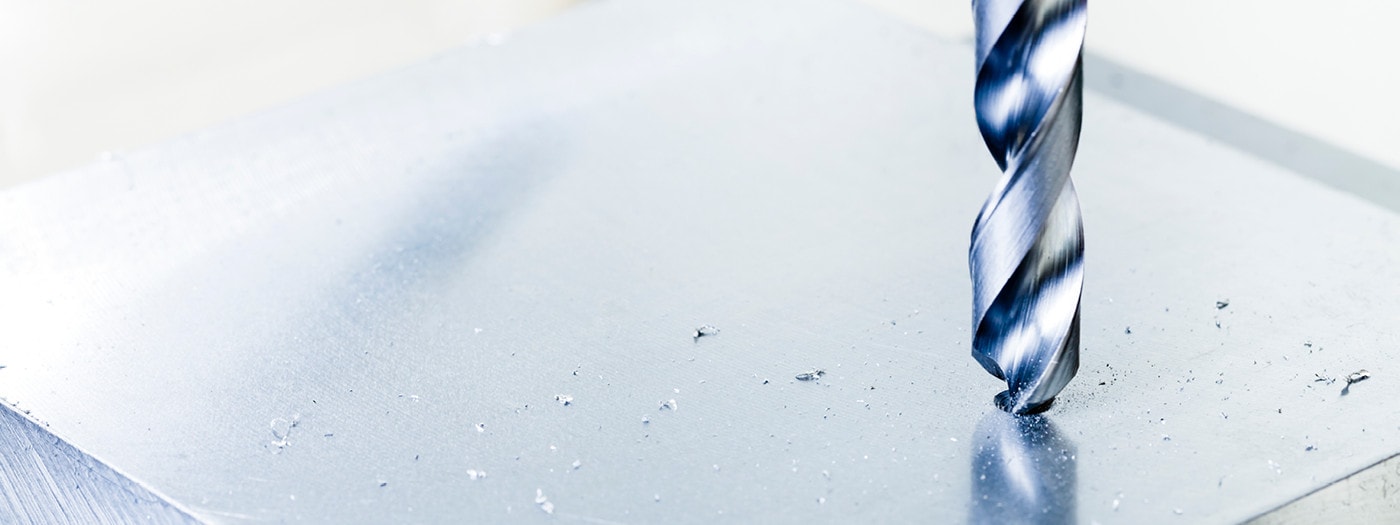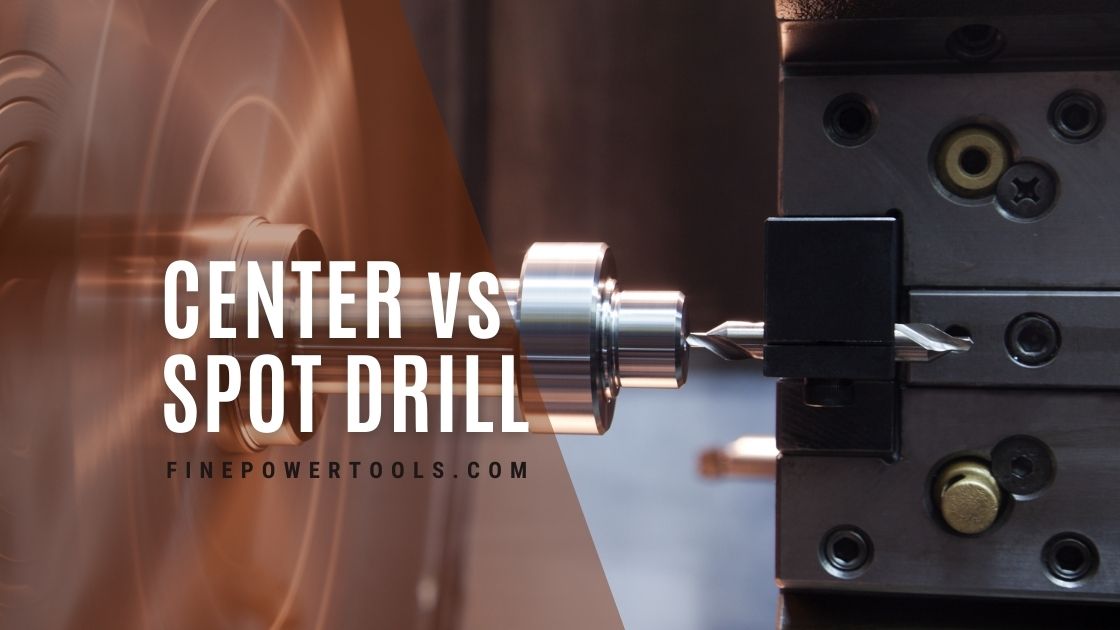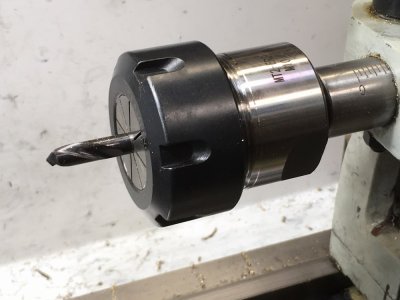-
Scam Alert. Members are reminded to NOT send money to buy anything. Don't buy things remote and have it shipped - go get it yourself, pay in person, and take your equipment with you. Scammers have burned people on this forum. Urgency, secrecy, excuses, selling for friend, newish members, FUD, are RED FLAGS. A video conference call is not adequate assurance. Face to face interactions are required. Please report suspicions to the forum admins. Stay Safe - anyone can get scammed.
-
Several Regions have held meetups already, but others are being planned or are evaluating the interest. The Calgary Area Meetup is set for Saturday July 12th at 10am. The signup thread is here! Arbutus has also explored interest in a Fraser Valley meetup but it seems members either missed his thread or had other plans. Let him know if you are interested in a meetup later in the year by posting here! Slowpoke is trying to pull together an Ottawa area meetup later this summer. No date has been selected yet, so let him know if you are interested here! We are not aware of any other meetups being planned this year. If you are interested in doing something in your area, let everyone know and make it happen! Meetups are a great way to make new machining friends and get hands on help in your area. Don’t be shy, sign up and come, or plan your own meetup!
You are using an out of date browser. It may not display this or other websites correctly.
You should upgrade or use an alternative browser.
You should upgrade or use an alternative browser.
Center drilling problems
- Thread starter VicHobbyGuy
- Start date
yah I think an EM weldon shank holder is probably all we gentlemen need - in production though where RPM's are very high also with high surface finish requirements the buzzing of an EM a few tenths or more out of round will have an impact. The other reason for shrink fit or hydraulic holders is to prevent the EM from coming out of the holder. 50HP CNC mills put a lot of torque on an EM. I was reading here: https://www.bigdaishowa.com/en/news...ors-selecting-hydraulic-or-shrink-fit-holdersYa, I misunderstood your original question.
Frankly, I don't think the loss of accuracy using an end-mill holder is worth worrying about.
Endmill holders work just fine for a crap load of users. I used them for ages on my old MT3 mill/drill and they worked just fine. You can always use a boring bar or a Reamer if you need more accuracy and you would likely have to do that with any holding system (chuck, collet, welden, etc) anyway.
In my opinion, the biggest problem with an end-mill holder is the limited number of sizes. You prolly can't get one for every possible drill size and even if you could you would go broke and run out of tool storage space. So.....
Back to a chuck or a collet......
they say the hydraulic and shrink fit holders are double collets but half of a milling chuck. What is a milling chuck?
Last edited:
I'm very late to this discussion, and it has been super - I thought I'd relate my centre drill and spotting drill experience...
Bert taught me to always use a centre drill on mill or lathe to start a hole because it is far more rigid than a regular twist drill, so it will help in starting a hole in a precise spot. True.
But I'm 'that guy' that questions everything (including myself), so I did a bit of research. I found a pamphlet (before the internet was wide spread) from Mitsubishi about spotting drills, and within a few months had bought one. Sadly that paper seems to be lost in time, but this one is almost as good:

 www.harveyperformance.com
www.harveyperformance.com
This one is a lot more basic, but their 118 vs 140 paper referenced at the bottom is the best I've seen

 www.finepowertools.com
www.finepowertools.com
To resume the story I bought an inexpensive (but still name brand) HSS spotting drill. This changed my milling and drill press game greatly. The spotting drill is easier to see around when using a loupe to verify location. It is rigid, and makes the perfect hole to start the drill. Since then I've bought cheap offshore carbide ones, and name brand ones and they all work great.
Their use in a tailstock to start a drill operation makes sense also. A spotting drill is closer to the length of the next drill to use, so there's less back-and-forth than using a centre drill.. Less plunging and edge catching too. For very small drills, I confess to using the centre drill nubbin to start things more often than using a spotting drill. old habits die hard...
Bert taught me to always use a centre drill on mill or lathe to start a hole because it is far more rigid than a regular twist drill, so it will help in starting a hole in a precise spot. True.
But I'm 'that guy' that questions everything (including myself), so I did a bit of research. I found a pamphlet (before the internet was wide spread) from Mitsubishi about spotting drills, and within a few months had bought one. Sadly that paper seems to be lost in time, but this one is almost as good:

Spot Drilling: The First Step to Precision Drilling - In The Loupe
In high precision machining, drilling a hole exactly where it is needed is a challenge. The challenge comes with choosing the right spot drill for your job.
This one is a lot more basic, but their 118 vs 140 paper referenced at the bottom is the best I've seen

Spot Drill vs Center Drill. (Differences and Uses)
What is the purpose of spotting and center drills? Advantages and disadvantage of center bits compared to spot drills and which one you need.
To resume the story I bought an inexpensive (but still name brand) HSS spotting drill. This changed my milling and drill press game greatly. The spotting drill is easier to see around when using a loupe to verify location. It is rigid, and makes the perfect hole to start the drill. Since then I've bought cheap offshore carbide ones, and name brand ones and they all work great.
Their use in a tailstock to start a drill operation makes sense also. A spotting drill is closer to the length of the next drill to use, so there's less back-and-forth than using a centre drill.. Less plunging and edge catching too. For very small drills, I confess to using the centre drill nubbin to start things more often than using a spotting drill. old habits die hard...
Former Member
Guest
Here is a Harvey Tool Publication on center drills.

 www.harveyperformance.com
www.harveyperformance.com

Spot Drilling: The First Step to Precision Drilling - In The Loupe
In high precision machining, drilling a hole exactly where it is needed is a challenge. The challenge comes with choosing the right spot drill for your job.
DPittman
Ultra Member
Yes that is the same information as linked by @DabblerHere is a Harvey Tool Publication on center drills.

Spot Drilling: The First Step to Precision Drilling - In The Loupe
In high precision machining, drilling a hole exactly where it is needed is a challenge. The challenge comes with choosing the right spot drill for your job.www.harveyperformance.com
directly above
Former Member
Guest
VicHobbyGuy
Ultra Member
Not center or spot drilling, but...In the very useful discussion there was a mention of 'opening up' holes -before moving to the boring bar- on the lathe by drilling with successively larger drills. The issue is the edge of the larger drill 'catching' on the 90 degree edge of the smaller hole. I was drilling a couple of small aluminum blocks and found that using a stepped drill (usually for thin sheet) actually worked well for opening up the entry for the larger (1/2") drill. Not recommended but it did work for me. I find that aluminum is 'sticky'; it's easy to get grabbing tools, even if the cutting edge angle/rake has been reduced.
I'm still waiting for the spotting drills from China. Lately, I've been using the one of the turning tools to make a divot for starting the drilling sequence. It helps.
I'm still waiting for the spotting drills from China. Lately, I've been using the one of the turning tools to make a divot for starting the drilling sequence. It helps.
VicHobbyGuy
Ultra Member
Update: Some new bits and pieces arrived from China last week. I paid attention to the excellent advice I got here and I'm now using a different setup for starting drill holes on the lathe:
View attachment 24012
Much better now; thanks!
So what kind of drill bit is this?
VicHobbyGuy
Ultra Member
120 degree spotting drillSo what kind of drill bit is this?
https://www.aliexpress.com/item/1005003659228977.html
Craig: I think the collet was your suggestion?
120 degree spotting drill
https://www.aliexpress.com/item/1005003659228977.html
Craig: I think the collet was your suggestion?
Ya, I found using a collet chuck was a huge improvement.

